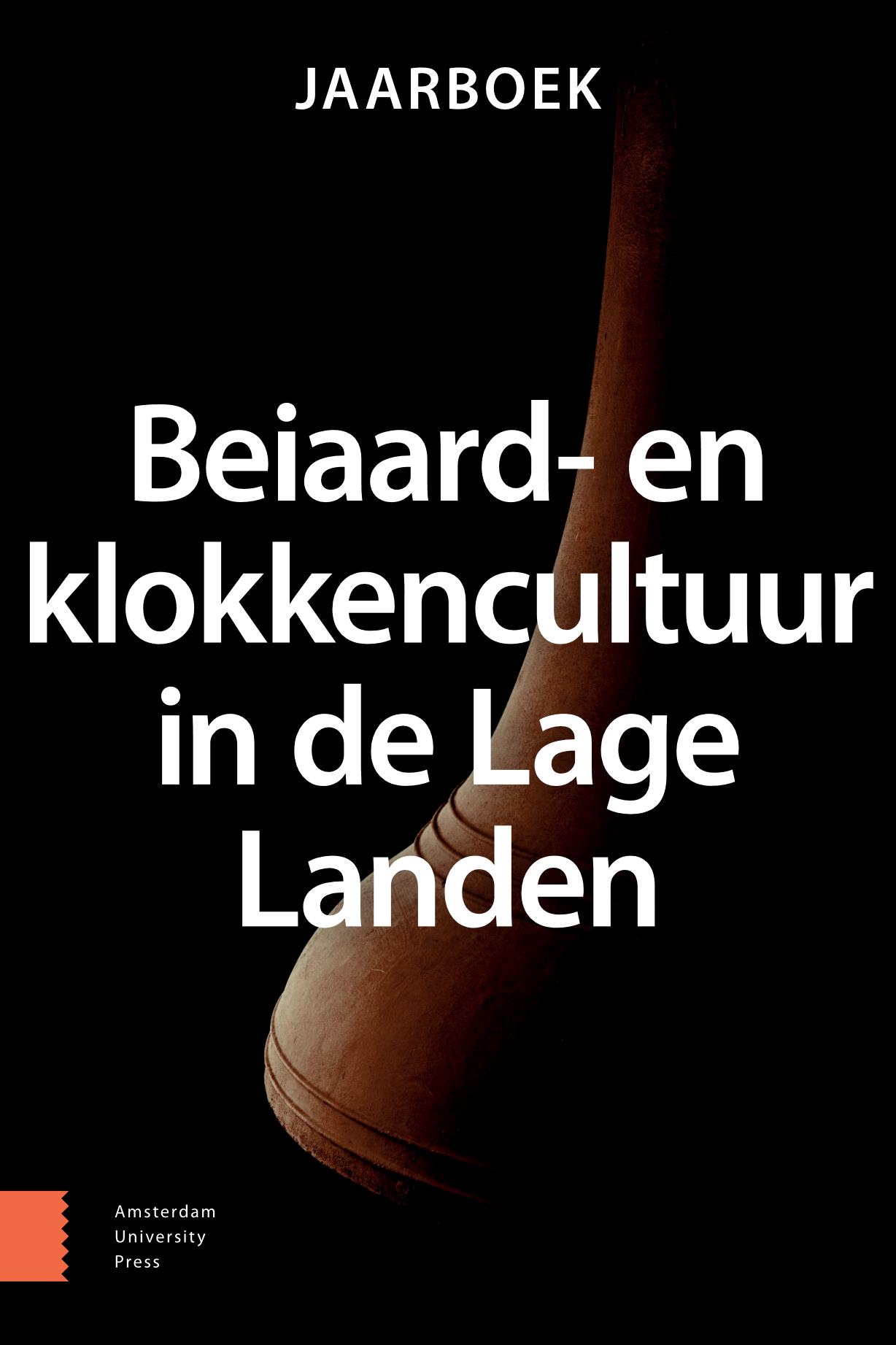-
OAOver Beiaarden en Mensuren
Aspecten van het Ontwerpen van Beiaardklokken in de Zeventiende Eeuw
- Amsterdam University Press
- Source: Carillon and Bell Culture in the Low Countries, Volume 2, Issue 1, May 2023, p. 87 - 115
-
- 01 May 2023
- Previous Article
- Table of Contents
- Next Article
Abstract
Abstract
For keyboard instruments with strings or organ pipes, the principle of the Pythagorean curve is in most cases not maintained over the entire size of the instrument. The same applies to carillons. Especially at the treble part of carillons, the diameter of bells is larger than according to the Pythagorean curve. Already in the seventeenth century bell founders made special bell designs for treble bells. In this article we define the different proportions (‘mensuren’) in the bell profile and we show the scaling in carillons. The Hemony brothers were very meticulous in the design of their bells and carillons. More research using today’s computer mathematics will probably give more information on the designing tools of the Hemony brothers.
© Bert Augustus. This is an open access article distributed under the terms of the CC BY-NC 4.0 license. http://creativecommons.org/licenses/by/4.0


